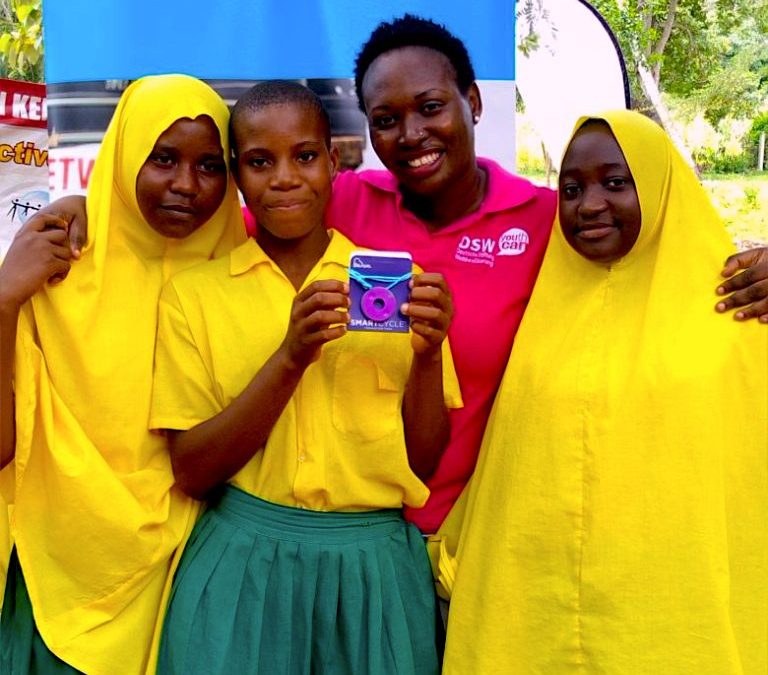World menstrual hygiene day, marked annually on 28th May, gives us an opportunity to take stock of efforts taken to secure the right of girls and women to manage their menstruation adequately and with dignity.
Girls and women in Kenya were struggling with menstrual hygiene management before the recent crises – the COVID-19 pandemic and the floods that several parts of Kenya. According to data published by Performance Monitoring and Accountability (PMA) 2020 in 2017, only 5 out of 10 (46 percent) Kenyan women and girls reported having everything to manage their menstruation.
The study also showed that the majority of women and girls (63 percent) used the main household sanitation facility as their main location for menstrual hygiene management. Sanitary pads are by far the most common menstrual material used.
It is highly likely that the twin crises of COVID-19 and floods have compromised the right of girls and women to manage their menstruation adequately and with dignity. Especially those from rural communities as well as those from poor and underserved urban communities.
The United Nations’ Population Fund (UNFPA) in a technical brief published in March this year called for special attention to reproductive health commodities, including menstrual health items during the COVID-19 pandemic as supply chains undergo strains from the pandemic response.
Sanitary towels for all adolescent girls in public schools in Kenya
In 2017, the Basic Education (Amendment) Act of 2017 came into force requiring that government provides free, sufficient and quality sanitary towels to every girl registered and enrolled in a public basic education institution who has reached puberty.
Since then, the government allocated money KES. 470 million to the programme in FY 2017/18. It is not clear how much was allocated for the programme in the 2019/2020 budget.
Budgetary allocation and programme implementation
The programme has only reached half of the intended targets. According to the social protection, culture and recreation sector report, 2020/21 – 2022/23 published in November 2019, the sanitary towel programme targeted 3.7 million girls in 2017/2018 and 4.2 million girls in 2018/2019 but only reached 2.9 million girls in 2017/2018 and 1.02 in 2018/2019.
To improve on the delivery of the sanitary towel programme, the national assembly needs to allocate adequate funds in the 2020/2021 budget. The Cabinet Secretary for Education is on record saying the KES. 470 million allocated is not sufficient. The State Department for Early Learning & Basic Education and the State Department for Gender also need work together to ensure that all girls get the sanitary towels as required by the Basic Education (Amendment) Act of 2017.
With schools currently closed, the girls who depend on sanitary pads distributed in school are not assured of managing their menstruation adequately and with dignity. Alternative avenues through which girls can access the sanitary towels out of school need to be established.
This article was written by Evelyn Samba, the Kenya Country director at Deutsche Stiftung Weltbevoelkerung (DSW). Sections of this piece were quoted in this feature article on menstrual hygiene management published in Kenya’s ‘People Daily’ on 28th May 2020.
